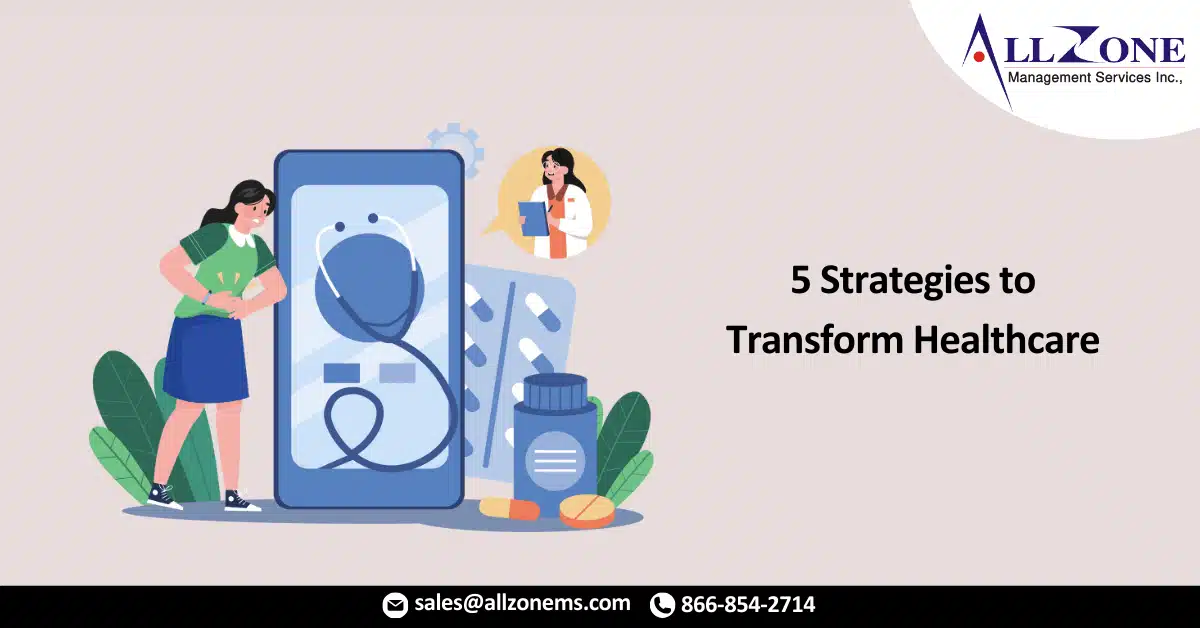The uptake of telehealth services during the COVID-19 pandemic has shone a spotlight on the use of digital technologies in healthcare. Telehealth platforms have connected patients and clinicians remotely, but telehealth’s growth has obscured a broader movement that had already been underway for some time: the use of digital health to transform care.
Advances in digital technologies—including the incorporation of artificial intelligence, an increasingly supportive policy landscape, and a growing base of evidence proving the efficacy of those technologies—are paving the way for digital health to become an integral part of care delivery. Health systems, in particular, have been aggressive in launching initiatives to help provide patients with access to digital health services when face-to-face care access is not possible.
Digital health strategies should include proven, software-driven, evidence-based solutions that can engage people across their health journeys.
Five Strategies to Overcome Adoption Barriers
Whether an organization is just getting started, scaling a program, or bringing together several digital health solutions into a single model of care, following are the strategies necessary for the adoption of any digital health program.
Build the Infrastructure
Organizations must consider infrastructure and interoperability and the ways a patient’s data could move seamlessly—but securely—across that patient’s continuum of care.
Healthcare organizations will have to take the lead, but they won’t be able to do it alone. Addressing infrastructure challenges on such a scale must be a collaborative effort that includes multiple parties and entities—from regulators and policy makers to health IT vendors, electronic health record (EHR) systems, and even entities that deliver broadband—so that the reach of digital health can be extended to rural communities.
Engage and Activate
Making digital health a mainstream aspect of care delivery requires significant buy-in from care teams and other stakeholders across the continuum. To help build the case, leaders must outline digital health’s benefits for all stakeholders, describe how to attain those benefits, and back up the claims with clinical and real-world evidence.
Extend High-Quality Care to Rural and Underserved Populations
Digital health can be a cost-effective and powerful tool for rural, vulnerable, and underserved populations. Digital health provides the continuity of care required to manage chronic conditions by reaching people who might otherwise feel reluctant to seek care for a condition because of privacy and confidentiality concerns or because of the stigma still often associated with certain behavioral health conditions or social situations. Digital health can also serve as a bridge to populations that are ethnically and linguistically diverse—not only patients and their families but also their care teams.
Connect Care Across the Continuum
It’s widely accepted that better management of chronic illness depends on improved collaboration across the healthcare continuum. Digital health solutions can help by creating a single source of rich and readily accessible patient data.
Focus on Whole-Person Care
Increasingly, providers are learning that exercise, food tracking, patient distress level, and social determinants of health are important drivers of both health and wellness. Digital solutions can bring together all of those types of data from multiple devices in order to significantly improve clinician visits whether virtual or in-person.
The anonymity of technology can encourage candor in the self-reporting of mental state and other social factors, and the connection to a wealth of additional data can give physicians more integrated and actionable information prior to a patient visit.
Digital Health in Action
One of the largest public healthcare systems in the US is a safety net system in New York, serving vulnerable populations and delivering care to a diverse population of more than 1 million patients, who are covered mainly by Medicaid or not at all, Hispanic/Latino, homeless, or justice-involved.
Welldoc worked with the health system in a pilot program in which participants with poorly controlled diabetes were given a digital, scalable solution that would enhance blood glucose management. The pilot achieved the following results:
- an average six-month percentage point reduction in A1C levels of 1.1 compared to matched controls of 0.2 (-0.9, p<0.01)
- greater than 50% user engagement; more than half of patients used the app once a week
- 82% of those engaged, recorded blood glucose levels
For More Information: https://www.fiercehealthcare.com/sponsored/digital-health-2021-5-strategies-to-transform-care-conquer-adoption-barriers

